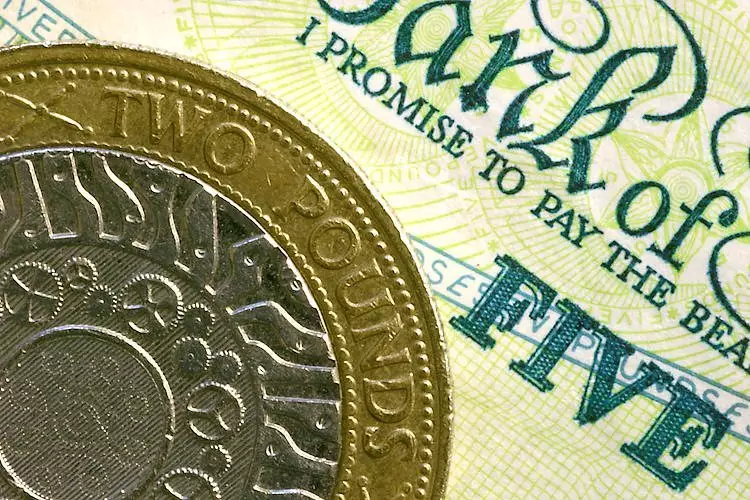In a landscape characterized by fluctuating currencies, recent movements in the foreign exchange market have drawn attention, particularly concerning the Pound Sterling’s decline against the US Dollar. The latest data stemming from the US labor market, highlighted by strong ADP Employment figures, immediately impacted investor sentiment and market performance. As the UK braces for its Autumn Forecast Statement, anticipation builds around Chancellor Rachel Reeves’ expected policy announcements, which aim to revitalize the economy amid pressing fiscal realities.
The upcoming budget proposal signifies the Labour administration’s first significant economic strategy in over a decade and a half. Analysts speculate that the Chancellor will implement substantial tax hikes across various sectors, including capital gains and national insurance contributions for employers. This could potentially create a substantial revenue stream aimed at financing ambitious spending plans designed to bolster investment and economic growth. Such moves reflect an intentional shift from austerity toward more interventionist economic policies—a reflection of changing political ideologies within the UK government.
Recent reports from UBS emphasize three critical focuses of this new fiscal approach: first, a readjustment of fiscal rules to allow increased borrowing capacity; second, the introduction of targeted tax increases; and third, a notable increase in spending directed towards essential investment projects. Each of these areas carries implications for both market confidence and investor strategies.
The market’s reaction to the impending fiscal adjustments is expected to be significant. Investors are keenly observing how these changes will influence inflationary pressure within the economy. UBS analysts warn that increased spending could lead to an upward revision of the fiscal deficit, potentially rising to about 3.1% of Gross Domestic Product (GDP). Such a development would likely agitate fears regarding persistent inflation, prompting market participants to reassess their positions regarding the Bank of England’s (BoE) monetary policy.
Following the consistent dovish stance of the BoE throughout the year, forecasts indicate a potential interest rate cut of 25 basis points in the upcoming November meeting. Such a decision would mark the second reduction within a single year, subsequently pushing key borrowing rates down to approximately 4.75%. The implications of this move can create ripples through the economy, influencing borrowing costs and, ultimately, consumer spending patterns.
As we delve deeper into the performance of the Pound against other major currencies, the data reveals an underlying weakness that reflects broader economic anxieties. During initial trading sessions, the Pound fell notably below the 1.3000 mark against the US Dollar, reaching pivotal resistance levels. Current technical indicators suggest that the GBP/USD pair is teetering on the edge of a rising channel pattern, with critical thresholds around 1.2900. The challenge remains for the GBP to rise above the 50-day Exponential Moving Average (EMA), currently positioned around 1.3070, which has emerged as a significant barrier to bullish sentiment.
Market analysts are intently observing key technical indicators such as the 14-day Relative Strength Index (RSI), which currently holds above 40. A lack of upward momentum could signal a shift towards bearish sentiment, particularly if the currency fails to breach critical resistance levels. Conversely, support appears solid near the 200-day EMA at approximately 1.2845, which may offer a critical buffer to any further decline.
The coming weeks will be vital for the Pound Sterling as economists and investors navigate through a melee of policy changes, fiscal challenges, and market responses. The anticipated shifts in fiscal policy, characterized by tax hikes and increased spending, could redefine the economic landscape of the UK, with significant implications for currency performance and market sentiment. As the BoE prepares to make crucial decisions regarding interest rates, the interplay between fiscal policy adjustments and monetary strategies will be critical in shaping the future trajectory of the Pound Sterling and the broader UK economy. The financial community watches closely as these developments unfold, aware that the outcomes could reverberate far beyond the borders of the UK.


Leave a Reply